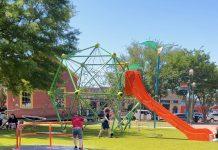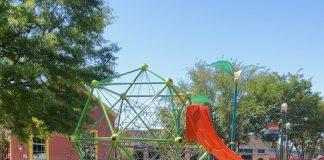Hurricane Season! This small sentence brings up so many BIG emotions. Couple that with the fact that the months of August and September have proven to have deadly and disastrous consequences for the people of South Louisiana.
I work in the non-profit, disaster response space at Second Harvest Food Bank of Greater New Orleans and Acadiana. I have a birds-eye view of the proactive and reactive response before, during, and after a major disaster like a Hurricane.
Here is a list we aren’t proud to show off:
Hurricane Katrina – August 29, 2005
Hurricane Gustav – September 1, 2008
Hurricane Harvey – August 30, 2017
Hurricane Laura – August 27, 2020 (then six weeks later Hurricane Delta hit nearly the same exact path)
Hurricane Ida – August 29, 2021
Today marks the first year anniversary of Hurricane Ida and the path of death and destruction she left on the people of South Louisiana and in particular the Bayou region.
Timeline:
I want to walk you through what happened not just because it’s pertinent to my story but also for the impact for those of you who might not have lived in Louisiana at the time.
August 26, 2021 – Ida is given her name. She forms in the Caribbean.
August 27, 2021 – Ida is a preteen who is in a tantrum by this point. She follows the country of Cuba on a destructive path leaving people without food, water, shelter, or power. She strengthens as she hurls herself toward the Gulf Coast.
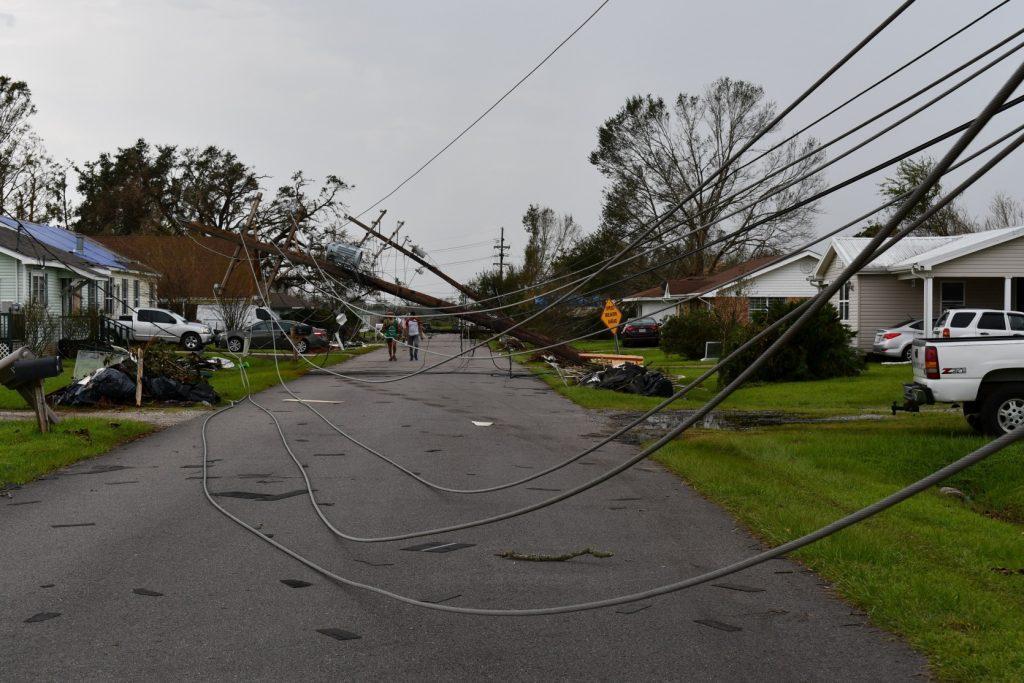
August 29, 2021 – Ida, a fully grown Category 4 Hurricane, makes landfall at Port Fourchon, LA nearly 16 years after Hurricane Katrina. Her winds are about 150 miles per hour at this point. Just for context, a hurricane is considered a category 5 at 157 mph!
Port Fourchon, is Louisiana’s southernmost point and is where 95% of the Gulf of Mexico’s deepwater energy production lives. She moved North towards the cities and towns of Terrebonne Parish.
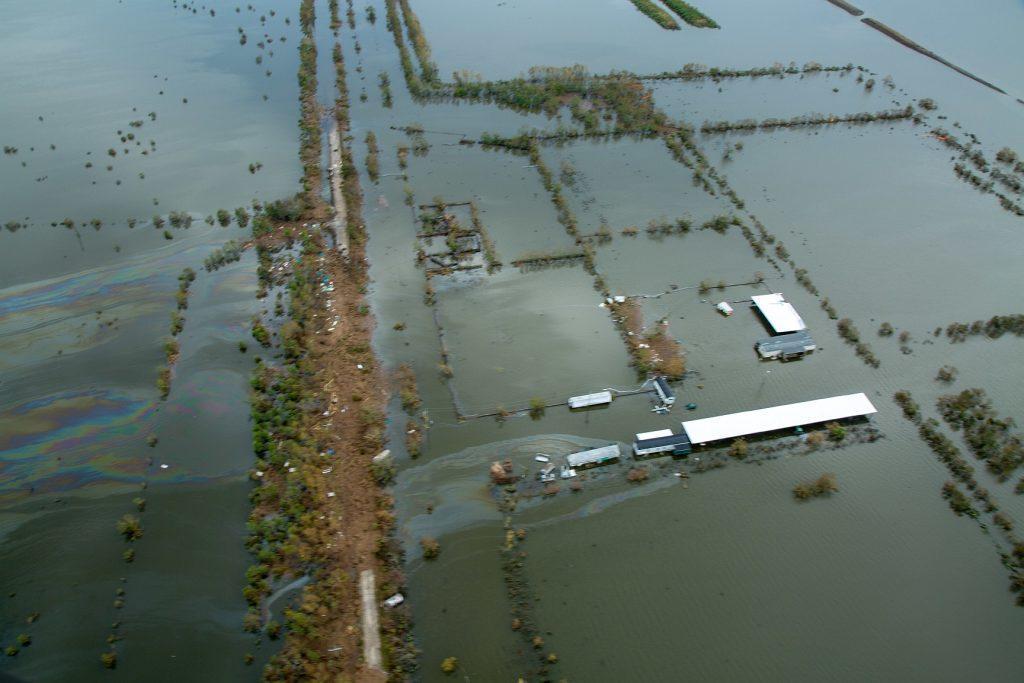
August 30, 2021 – She continued North leaving so much trauma to the land and our people. Ida weaken in strength as she continued more inland but the destruction was still catastrophic.
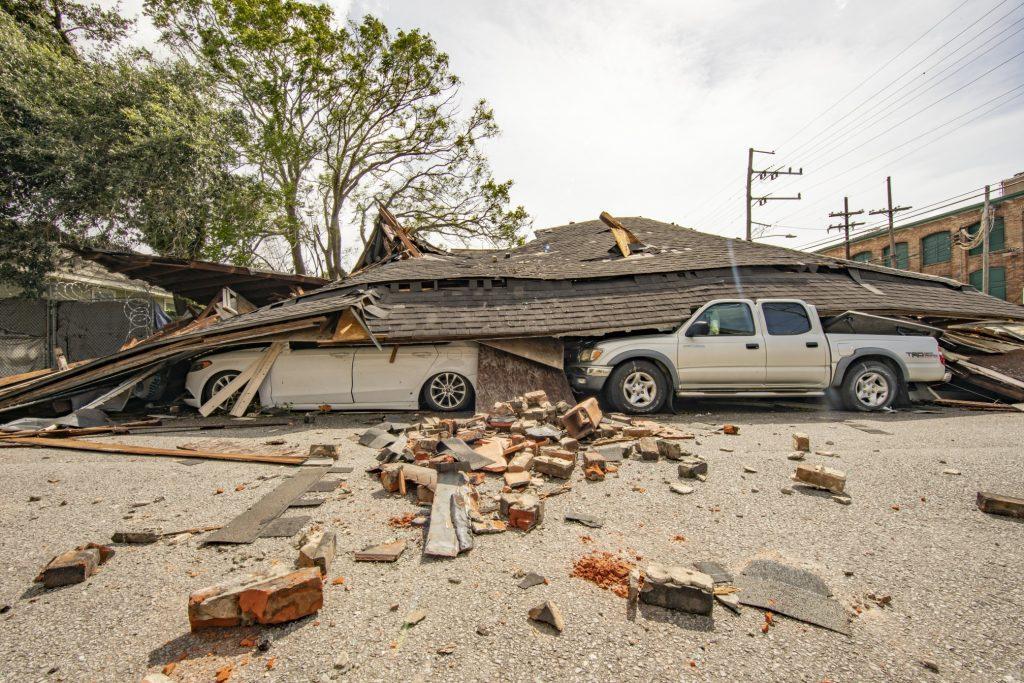
September 1, 2021 – She went through Mississippi, Alabama, Tennessee, and Kentucky. Eventually, Ida made her way up to Canada as a Tropical Storm leaving torrential rainfall, tornados, and more injury to everything in her way.
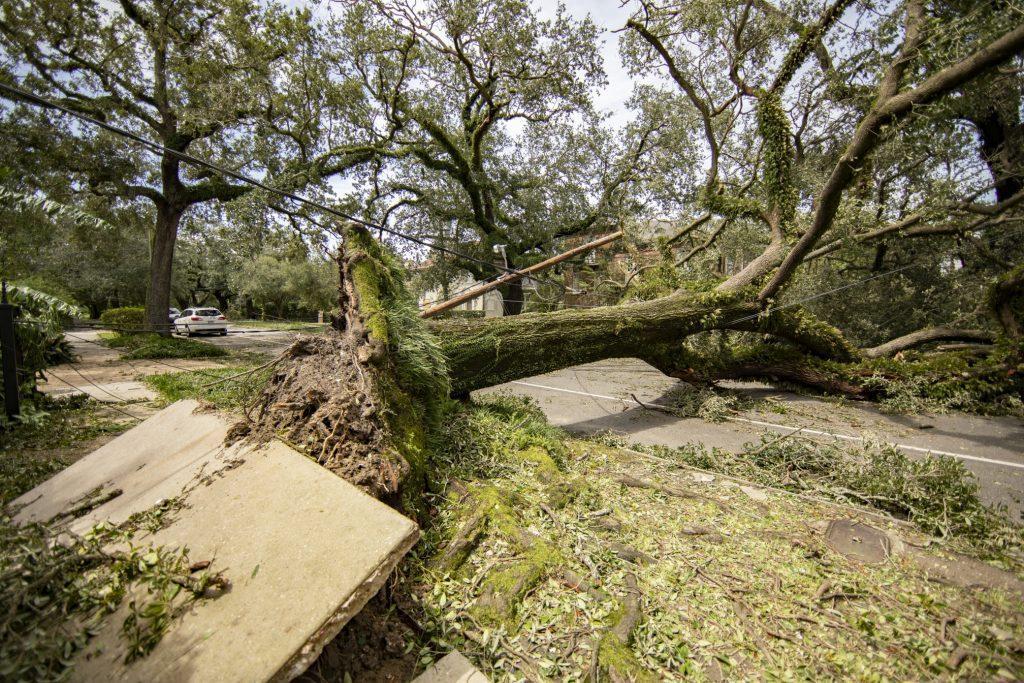
September 2, 2021 – Present – Recovery efforts start. I feel like the first days after a storm lets up are utter chaos.
There is no power! You can’t call anyone because your phone is dead, you have no way to charge it and even if you could the towers are down. You have no water, no food, and even if you do you don’t have the means to cook.
Your house could be flooded in, flattened, or scattered everywhere. Trees are uprooted. You can’t drive anywhere because of this or maybe because your car is also under rubble.
But, there are glimmers of hope too! You see the National Guard rescuing survivors, moving trees, and bringing water too. The local food pantries have started distributing food they’ve been given from the food bank. Churches are praying over people in the middle of all the destruction. Non-profit organizations are helping with anything and everything from tarping to moving debris. People from out of state are coming in with kitchen trailers to bring free hot meals. You see neighbors helping neighbors and strangers helping strangers everywhere you turn.
Fast Facts:
Ida was directly or indirectly responsible for around 107 deaths throughout her path in our country and the other countries she left her mark on.
She moved over 1500 miles in the United States.
35 Tornados spiraled out of control from her winds.
Millions were without power in Louisiana, Mississippi, and Alabama.
She did around 65 BILLION dollars worth of damage.
The Path to Recovery:
I am not a native of Louisiana. I’ve lived in a few other states and another country before moving and settling here. I’ve learned how resilient the people of Louisiana are. But, trauma built that resiliency and it’s not fair at all!
I’ve also learned how many helpers we have here in our amazing state. Non-profits, individual donors, and other organizations all band together before, during, and after a disaster such as a hurricane. When people ask me why I live here, this is why. Louisiana is the only place I know where a stranger wouldn’t think twice about helping someone in need.
A year later, the people in Ida’s path have started to recover but aren’t nearly done yet. Insurance companies are slow to pay out. Materials are hard to find because of the pandemic that was going on in between all of this. 9 months after Hurricane Ida there were still parts of Terrebonne Parish that still didn’t have electricity. The housing crisis is even worse. Let’s not even talk about the fraudulent companies that tried to come in and take advantage of the survivors.
Help is still needed:
Right after Hurricane Ida, I wrote this post: With Love From Lafayette- How Lafayette Families Can Help After Hurricane Ida which outlines a lot of different ways someone could help after the Hurricane. Louisiana will never be the same. It never is after such damage and destruction. But, if you want to help here are a few organizations you can help do so today.
Second Harvest Food Bank– We service 23 parishes of South Louisiana with food, water, and other needs. We have a warehouse in Houma as of this year as a response to Hurricane Ida.
Terrebonne Area Food Pantry- “Our mission is to feed the hungry in our community from local food donations, monetary donations, and a network of charitable organizations. To unite and engage our community in the fight against hunger.”
Catholic Charities of the Diocese of Houma-Thibodaux “Serving the missionary heart of the Church by addressing individual and family needs while providing opportunities for disciples to put their faith into action.”
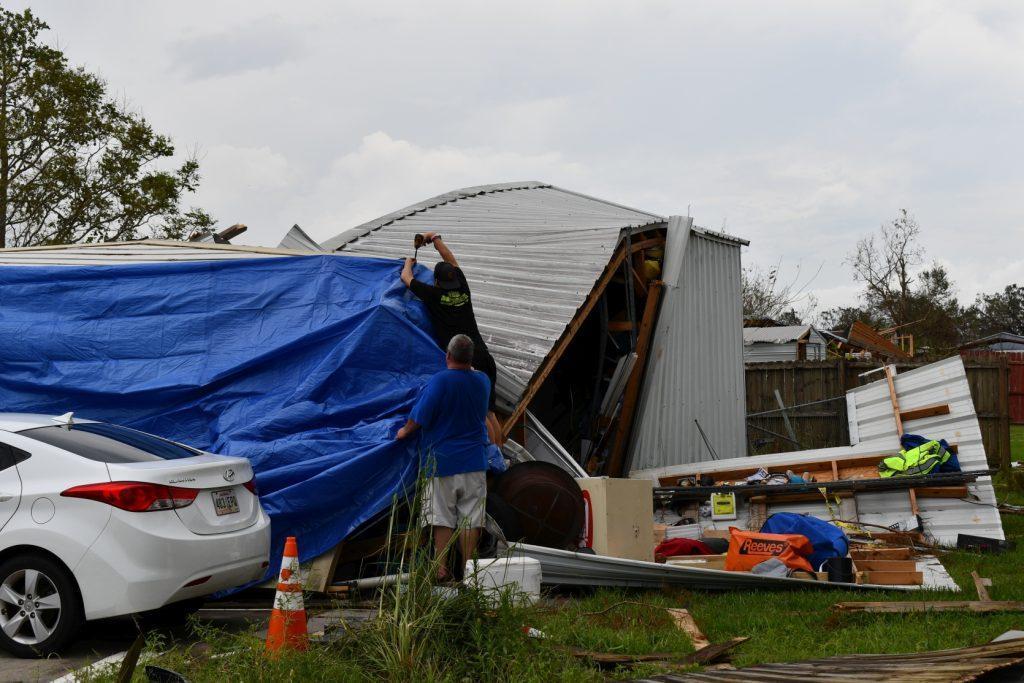
Are You STILL In Need Of Help After Hurricane Ida?
Do you NEED help? Here are some options to gain assistance.
Louisiana simply dial 211 on your phone. You can also visit your local 211 website for resources here.
211 is able to locate resources to help you with health issues, rent and utility assistance, food, clothing, education, volunteer, and donor opportunities 24 hours a day, seven days a week. Their live resource specialists and interpreters are there to help you locate what you need.











